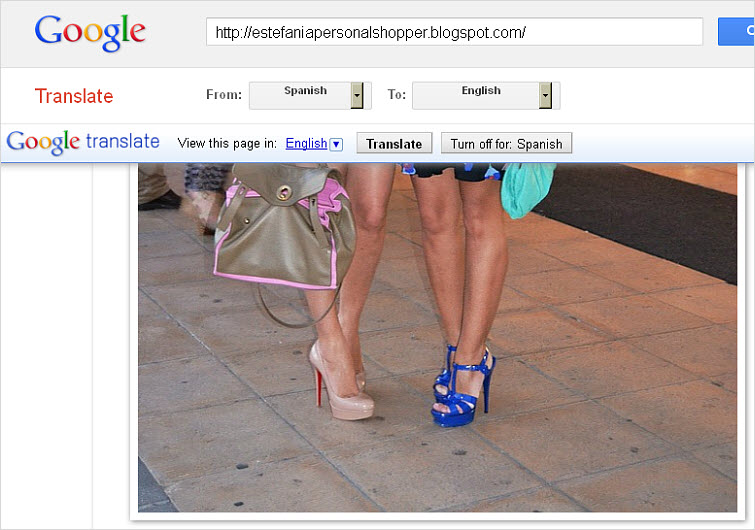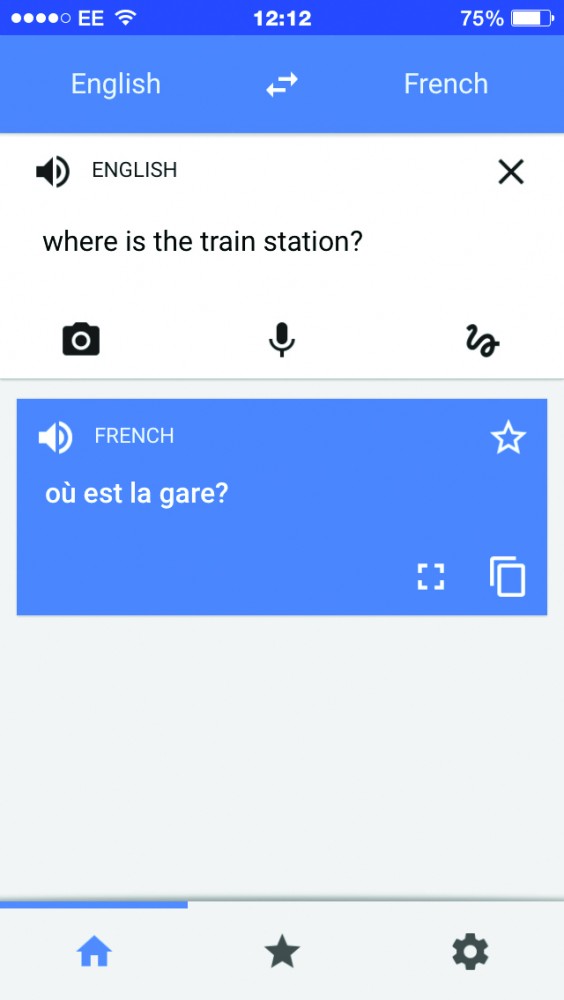


Google Translate does a good job with very basic translations - especially those whose target language is English - and now even offers alternative interpretations for certain words and phrases. And finally, the English version of the Spanish version of the Catalan text will finally make it to Japanese - and if you’re lucky, it will still bear some resemblance to the original meaning. Then, this translated Spanish-language version of the original Catalan text will be translated into English. If you want to translate some text from, say, Catalan to Japanese, Google will translate it first into Spanish, as most existing Catalan translations are in Spanish. In fact, some language pairs involve even more iterations. As a result, when translating in languages other than English, machine translations actually involve two iterations. For example, when translating from Russian to Spanish, Google Translate will first translate the text from Russian to English, and then from English into Spanish. Given that more documents are available in English than in any other language, the data almost always uses English as an intermediary step when translating between two languages that aren’t English. Therefore, based on statistics, Google Translate will correctly translate the phrase as “realize”, rather than a word-for-word translation, which would appear more like “give account”.įinding linguistic data large enough to create legitimate statistical analyses is no easy feat. For example, they detect that, in Spanish, the phrase “darse cuenta” is usually translated as “realize” in English. This way, they can weigh a plethora of options for phrases presented by various different (human) translations, and select an educated guess based on the one that occurs most frequently. Google Translate makes special use of UN documents, which are translated in all six official UN languages, and thus provide ample linguistic data. That is, they look for patterns in hundreds of millions of documents that have already been translated by human translators. Google Translate, as well as other machine translators, operate on statistics rather than rules.


 0 kommentar(er)
0 kommentar(er)
